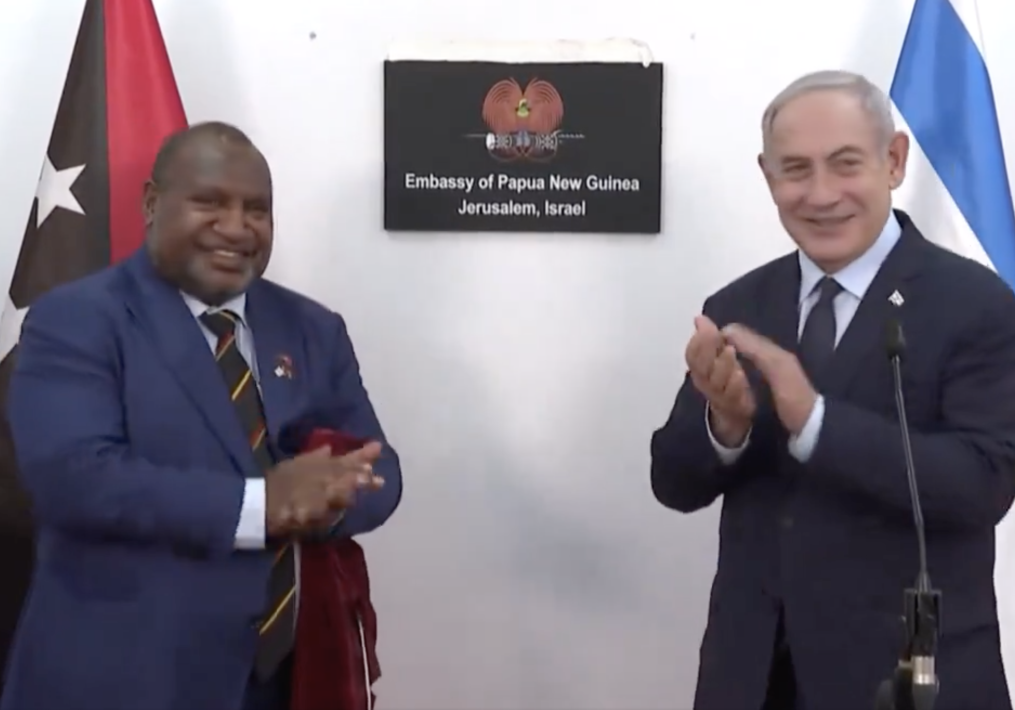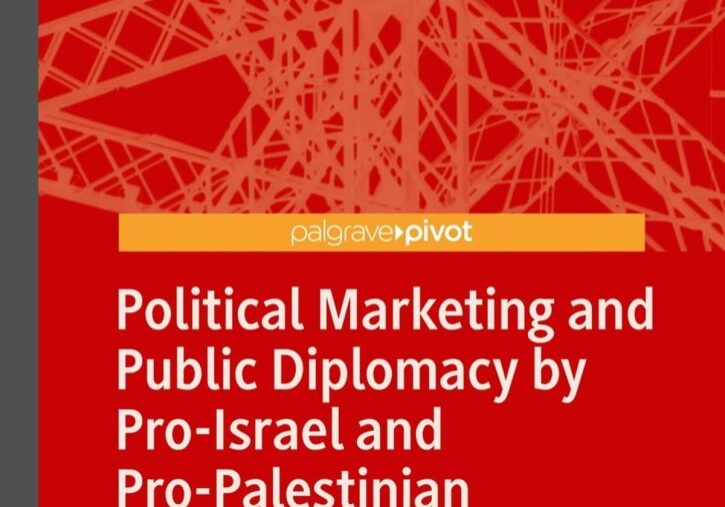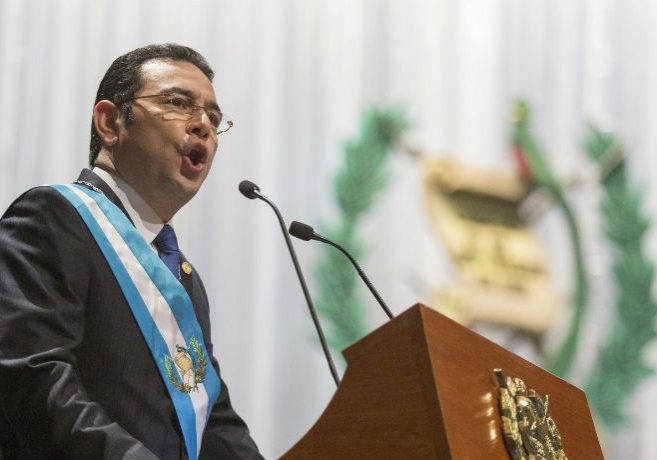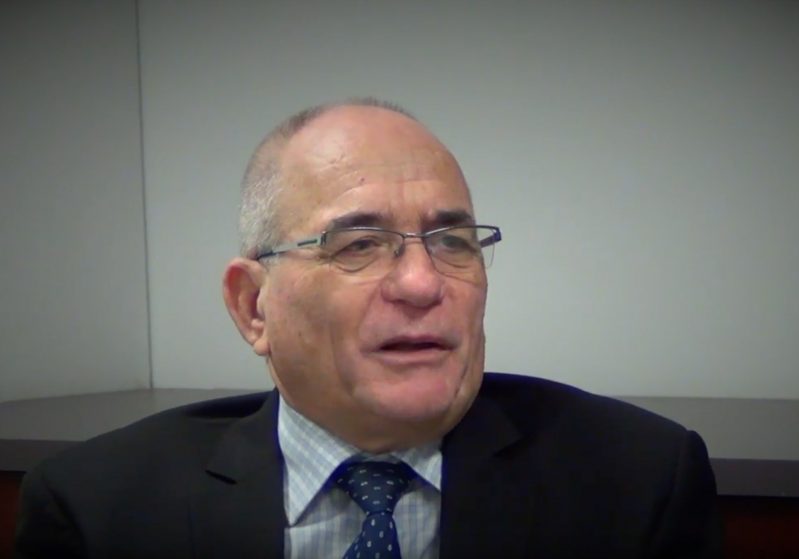Australia/Israel Review
The Biblio File: Fatal Flaws
May 27, 2009 | Matthew Levitt
Kill Khalid: Mossad’s Failed Hit … And the Rise of Hamas
By Paul McGeough, Allen and Unwin, 2009, $35.00
By Matthew Levitt
In the annals of daring intelligence operations both failed and successful, the Israeli Mossad stands alone. Most recently, the Israeli spy agency is suspected of pulling off such James Bond-like operations as the identification and penetration of a nearly completed Syrian nuclear reactor previously unknown to Western intelligence services as well as the assassination of Hezbollah arch-terrorist Imad Mughniyeh.
But as in all endeavours involving risk, sometimes they fail. In the case of the Mossad’s botched attempt to assassinate Hamas leader Khalid Meshal in September 1997, they failed miserably. Had the Israeli agents successfully poisoned Meshal and escaped undetected, as planned, the world would never have known that Meshal had been murdered, let alone of Israel’s hand in his death. Paul McGeough, an accomplished reporter with the Sydney Morning Herald, would have needed another hook for his book on Hamas. But events played out differently, and McGeough expertly tells the tale of the failed assassination and the way Meshal leveraged his new status as Hamas’ “living martyr” to great effect in fending off rivals to his leadership within Hamas.
What McGeough fails to adequately convey are the events that led Israel officials to decide that targeting a then-relatively unknown Hamas leader, on the streets of one of only two Arab countries at peace with the Jewish state, was a risk worth taking. Only after the book’s first 126 pages is the reader eventually introduced, in passing, to the string of spectacular terrorist attacks Hamas carried out in the weeks before the attempted assassination of Meshal in Amman, Jordan. Readers should not expect to read of these terrorist attacks in Killing Khalid, let alone of logistical and support networks Hamas maintains to support them. The Hamas suicide bombers who targeted an outdoor Jerusalem market in July 1997 are not the subject of a chapter or analysis in McGeough’s telling of the Hamas story, nor are the suicide bombers who targeted Jerusalem’s popular Ben Yehuda pedestrian mall in September. The attempt to assassinate Meshal immediately followed this second attack, carried out by a cell that the Israeli Shin Bet warned was planning still more attacks. According to American and Israeli authorities, Meshal personally funded and approved of just these types of attacks.
I remember the July 30, 1997, double suicide bombing of the Mahane Yehuda outdoor market well. That morning, as the Hamas suicide bombers began their trip from a village near Nablus in the northern West Bank to their target in Jerusalem, I was making the reverse trip from my Jerusalem hotel to interview Palestinian officials at the Palestinian Legislative Council (PLC) in Ramallah. A significant press contingent was already there when I arrived. The press came to Ramallah to cover the release of a long-awaited PLC report on corruption within Arafat’s notoriously corrupt Palestinian Authority.
The press left as quickly as it came, however, complete with screeching tyres and microphone extension poles still protruding from their windows, when word came of a suicide bombing in a Jerusalem market. I caught a ride back into Jerusalem in the car of a Western journalist (who, like Hamas bombers, drove a not-so-circuitous route to evade Israeli checkpoints quickly thrown up after the bombing), but police had already cordoned off the blast site and it was not until that evening that I was able to go back and see the carnage first hand. The first bomber apparently detonated a relatively small device, driving crowds down a perpendicular alley in the market where his partner then detonated his much larger bomb. Sixteen people were killed and 178 were wounded, many critically since the explosive vests were filled with nails and screws to inflict maximum injury. I found children’s shoes in puddles of blood and a mangled electric wheelchair turned into a makeshift shrine near the epicentre of the blast. This side of Hamas is not part of McGeough’s narrative.
Still, as a novel-like storyline, Kill Khalid is a gripping read. As a serious and balanced study of Hamas, the book’s flaws run deep and wide. The layman will find it hard to put down this page-turner but should be forewarned that McGeough’s lackluster analysis does not match his expert storytelling.
The decision to execute a dicey assassination on Jordanian soil and put at risk the landmark Israeli-Jordanian peace treaty may well have been ill-informed, though the author draws this conclusion not from interviews with Israeli decision makers but from press clippings. McGeough’s use of pejorative adjectives to describe Israeli leaders and actions makes his own position abundantly clear (as does his description of Hamas leaders in more glowing prose). So the Meshal assassination, which the Hamas leader “heroically” survived, was a “savage” wound the Israeli intelligence community inflicted upon itself. Indeed, readers will experience McGeough’s lack of impartiality throughout the narrative. The author’s extensive interviews with Hamas leaders – including Meshal himself – stand in stark contrast to the complete dearth of parallel interviews with Israeli officials.
Unlike the author’s careful recreation of the minute-by-minute timeline of the assassination plot, analytical comments throughout the book cite information not referenced in his citations. Israeli government reports on the Meshal affair are mentioned in passing twice, but never cited even though a declassified summary of one is available, in English, on the Internet. More disturbing still, McGeough dedicates an entire chapter to disparaging the US government prosecution of the Holy Land Foundation for Relief and Development (HLF), a Texas-based charity then accused of funding Hamas. Readers are left to believe the leaders of this Hamas-linked charity understood US law better than bumbling US government prosecutors and FBI agents. It is not until the book’s epilogue that the author acknowledges that, before the book went to print, the HLF and its senior officers were found guilty on all counts of funding Hamas in the subsequent retrial. What makes McGeough’s telling of the HLF saga so disconcerting is that while he played down the significance of the case in the text of his book, his footnotes reveal his extensive reliance on the plethora of evidence the US government made public in its prosecution of the case. Somehow, the case was weak enough to disparage in his storyline but the evidence was still strong enough to serve as a treasure trove of material woven throughout the book.
The author’s first hand access to Khalid Meshal in his Damascus headquarters makes for a strong narrative, to be sure. But in his captivation with the subject of his study McGeough glosses over Meshal’s lesser virtues. According to declassified US intelligence, made public when the US Treasury designated Meshal as a terrorist, there are “cells in the military wing based in the West Bank that are under Meshal’s control.” Moreover, the US information revealed, “Meshal has been responsible for supervising assassination operations, bombings and the killing of Israeli settlers” and provides instructions to elements of the Hamas Qassam Brigades terrorist wing.
McGeough’s conclusion, that the West will just have to accept that Hamas is part of the equation and engage the Hamas leaders like Meshal as partners in peace, is premature to say the least. As the September 1997 attack – timed to scuttle the peacemaking efforts of the American Secretary of State scheduled to arrive in the region a few days later – highlights, Hamas as a partner in peace is the conflict resolution equivalent of inviting the fox into the coop. Even in the wake of its electoral victory in January 2006, Hamas cannot be engaged as a legitimate actor or partner so long as the movement remains committed to engaging in acts of violence targeting civilians, and continues to see Israel as an illegitimate entity that must ultimately be destroyed. Fellow Palestinians, who found themselves at the receiving end of Hamas hostilities when the group took over the Gaza Strip by force in 2007, may also have something to say about engaging extremists like Hamas at the expense of Palestinian moderates.
Oddly enough, neither Hamas leaders, nor Israelis, nor moderate Palestinians are the real heroes in McGeough’s story. The ultimate characters in Kill Khalid are journalists, like the author himself. They heroically break stories; stealthily evade authorities to file reports; and cunningly get the people they interview to tell what they would otherwise hide. The book’s focus on these and other reality characters – people who played some real, however small role in the actual Hamas story – is one reason it makes for such a good read. Not all experts and practitioners who have dealt with the Hamas file in real life agreed to the author’s offer to feature as a character in his book, this reviewer included. Given the final product, I made the right call.
Dr. Matthew Levitt is a senior fellow at the Washington Institute for Near East Policy and author of several books on terrorism and counter-terrorism, including Hamas: Politics, Charity and Terrorism in the Service of Jihad (Yale University Press, 2006).
Tags: Australasia






